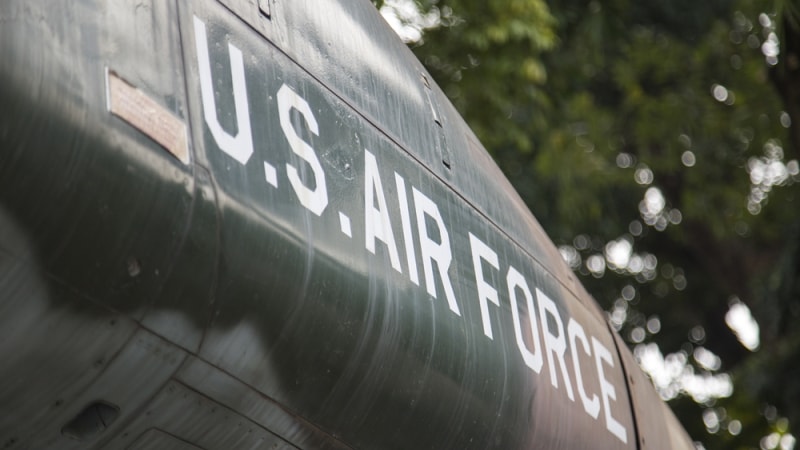
The U.S. Air Force has completed a series of fast-paced experiments aimed at using artificial intelligence to accelerate battlefield decisions and improve combat effectiveness, proving that human-machine teaming is no longer theoretical.
The second Decision Advantage Sprint for Human-Machine Teaming (DASH 2) was a rapid experimentation campaign aimed at testing how AI can support faster, smarter decisions during joint and coalition operations.
“DASH 2 proved human-machine teaming is no longer theoretical,” Advanced Battle Management System (ABMS) Capability Integration Chief Col. Jonathan Zall said in a statement. “By fusing operator judgment with AI speed, the Air Force is shaping the future of decision advantage.”
Held at the Shadow Operations Center–Nellis’ unclassified site in downtown Las Vegas, the event was led by the ABMS Cross-Functional Team (CFT) in partnership with the Air Force Research Laboratory’s 711th Human Performance Wing, the Integrated Capabilities Command, and the 805th Combat Training Squadron.
During DASH 2, seven teams worked to develop AI-enabled microservices that assist with “match effectors,” a function that determines the optimal weapon system to neutralize a given target.
According to officials, preliminary results from DASH 2 revealed that AI-enabled systems could deliver decision recommendations in “under 10 seconds and generate 30 times more options than human-only teams.”
Specifically, two industry teams produced over 6,000 solutions to about 20 problems within one hour. Accuracy was reported to be comparable to human performance, with developers noting that a single algorithm adjustment could have improved recommendation validity from 70% to more than 90%.
“This level of output gives commanders options to execute multiple kill chains simultaneously,” said Col. John Ohlund, ABMS CFT director. “We’re excited about future experiments that will use machines to generate courses of action, highlighting risk and potential gain or loss.”
The DASH sprint series is part of the Air Force’s broader effort to modernize command and control (C2) systems and supports the Department of Defense’s (DOD) – which the Trump administration has rebranded as the Department of War – Combined Joint All-Domain Command and Control (CJADC2) initiative. Each sprint focuses on refining a specific decision function and testing new technologies in realistic scenarios.
The teams observed operations conducted without machine assistance before iteratively designing and testing tools to augment human decision-making. Final evaluations compared the performance of human-only crews to human-machine teams, focusing on decision speed, quality, and volume.
DASH 2 highlighted the benefits of collaboration between the Air Force and industry. Participating companies retained their intellectual property while the service gained operational insights and refined requirements for future C2 capabilities.
As part of a broader campaign to reshape the Air Force’s decision-making capabilities, DASH 2 provides early validation for the role of AI in high-stakes, time-sensitive missions. Future sprints aim to expand on this momentum by exploring additional decision functions and improving human-machine collaboration.
“By fusing operator judgment with AI speed,” Zall said, “the Air Force is shaping the future of decision advantage in joint and coalition operations.”
